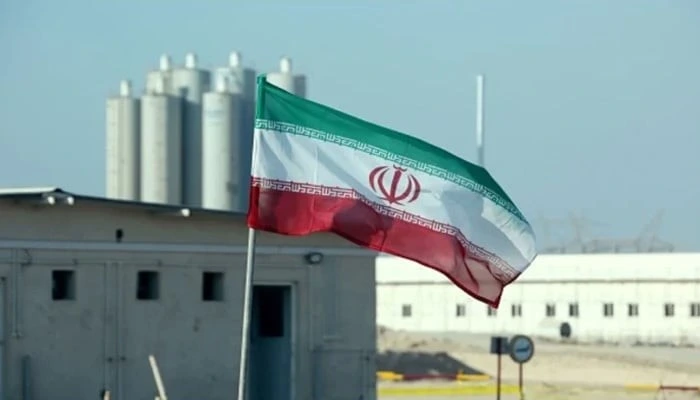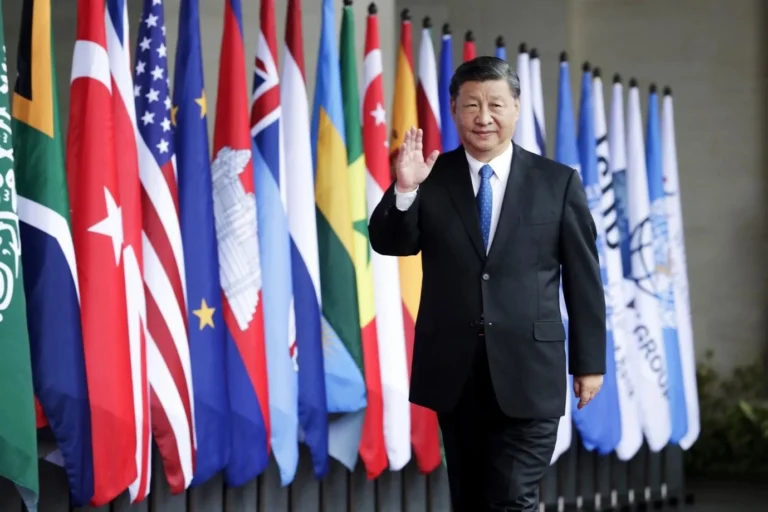CPEC 2.0, Strengthening Pakistan China Partnership
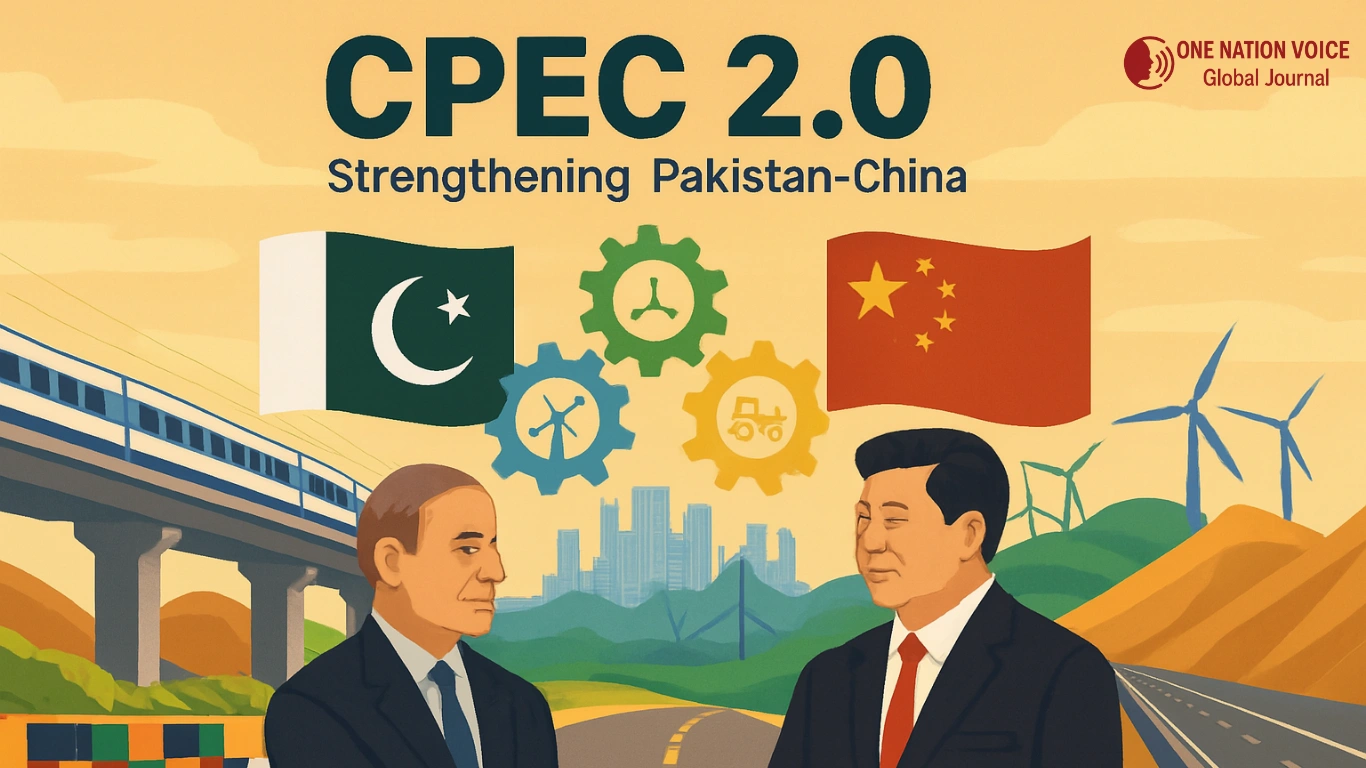
CPEC 2.0, Strengthening Pakistan China Partnership
When Pakistan and China first kicked off CPEC nearly a decade ago, the focus was straightforward. It was to build power plants, fix roads, and keep the lights on. And to be fair, that first wave helped Pakistan pull itself out of a crippling energy crisis, and start connecting parts of the country that were long neglected. But now, both sides are ready to move into what they are calling CPEC 2.0. However, this time the ambitions are much bigger.
Recently, Prime Minister Shehbaz Sharif sat down with Chinese Premier Li Qiang in Beijing. The two leaders did not just reaffirm the friendship that every Pakistani can recite in their sleep (“higher than the Himalayas, deeper than the oceans”), but they also agreed to shape the next decade of cooperation through five new corridors. This may sound like bureaucratic jargon, but it is a way of organizing priorities. These priorities include industry, digital tech, sustainability, agriculture, and connectivity.
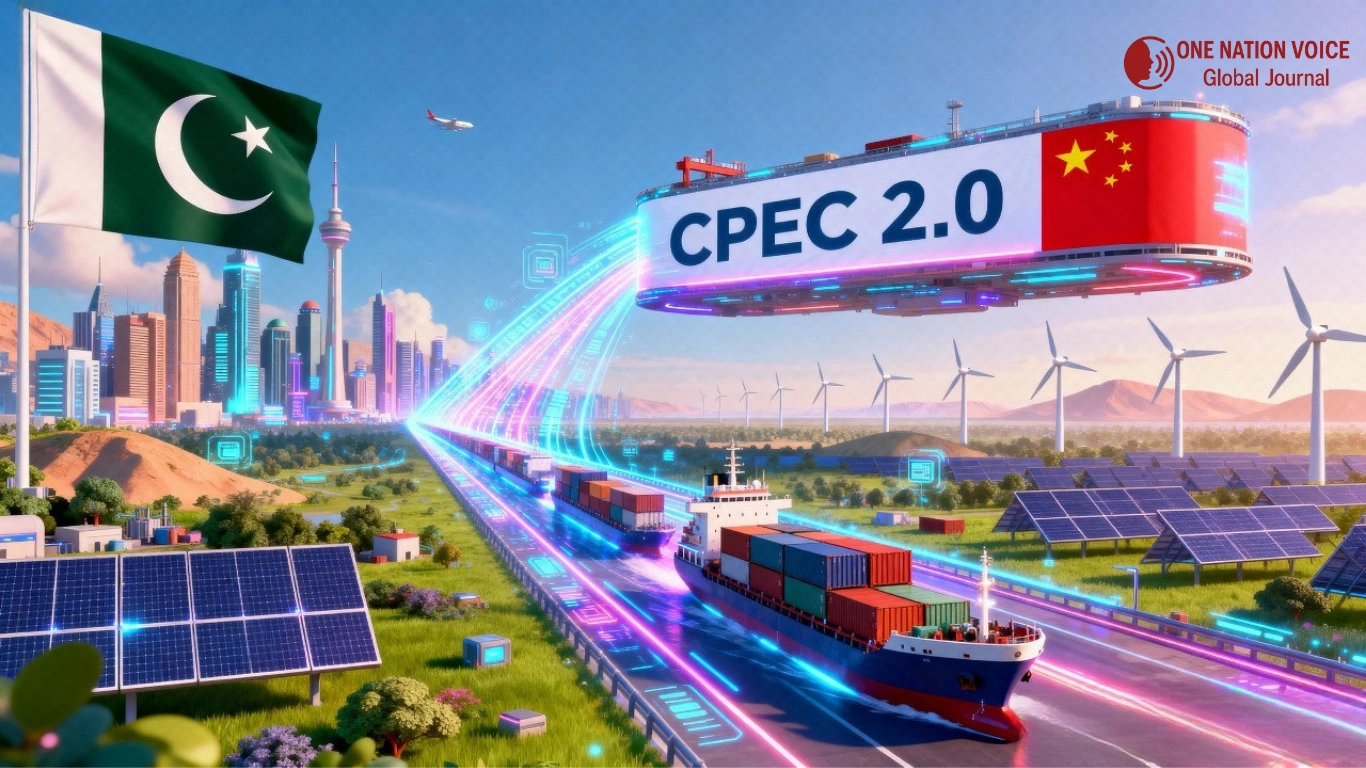
What is New in CPEC 2.0?
The biggest shift is that it is not just about roads and power anymore. The Main Line-I railway upgradation, the realignment of the Karakoram Highway, and the Gwadar Port expansion are all front and center. Besides, there is also talk of building a digital corridor to bring in e-commerce, AI, fintech, and other tech cooperation.
Pakistan’s digital economy is still in its early days, so even small steps here could have a big impact.
Additionally, there is the green development corridor, which feels timely given how climate change has battered Pakistan in recent years. If it leads to serious renewable energy projects or better water management, that would be a big win.
Similarly, then there is the livelihood corridor which is basically agriculture upgradation, skills training, and rural uplift. It is the kind of thing that could improve day-to-day lives if done right, rather than just building mega projects that ordinary people rarely interact with.
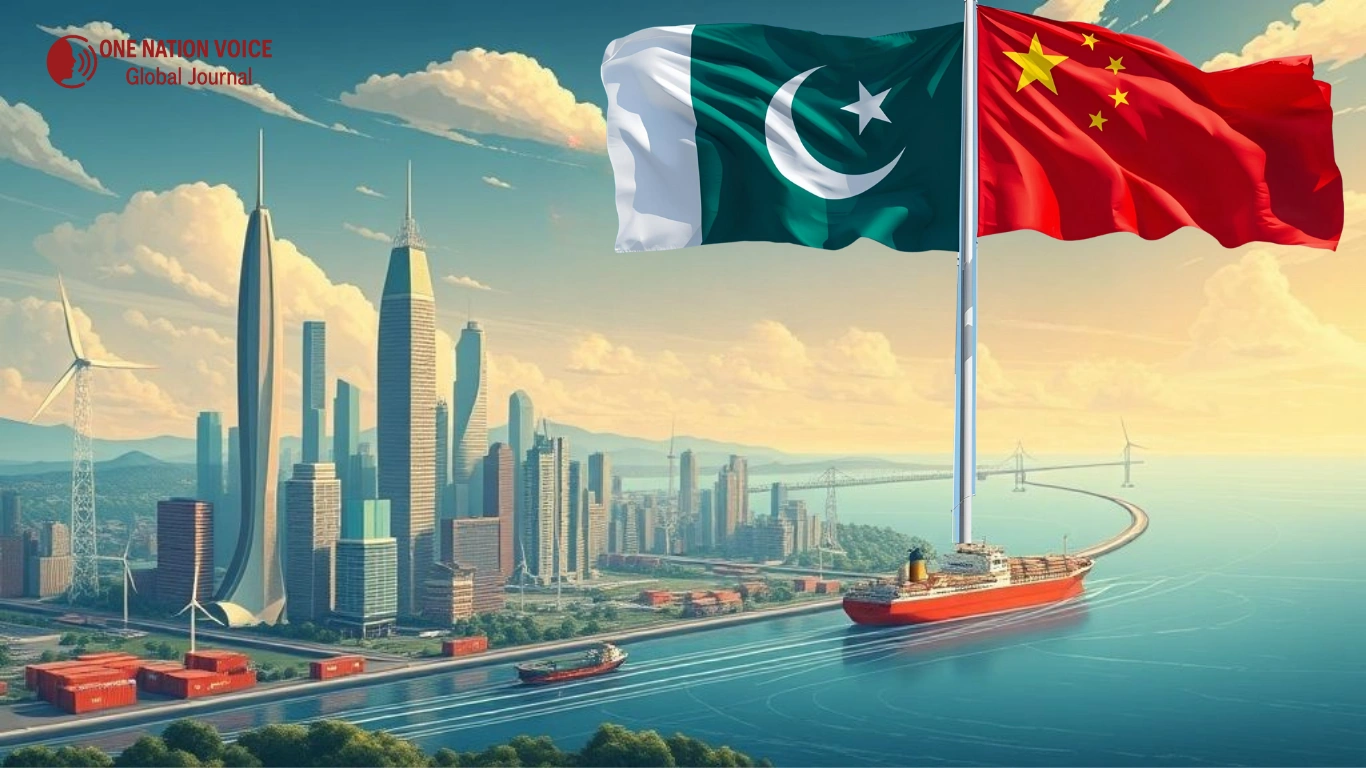
And of course, this economic corridor also keeps the spotlight on Special Economic Zones and attracting Chinese businesses to set up shop in Pakistan. This could be a chance for Pakistan to plug into global supply chains, especially as China relocates some of its industries abroad.
The Old CPEC Priorities Still Matter
Furthermore, CPEC 2.0 does not abandon the old playbook. The Karachi-to-Peshawar ML-I rail line is still considered the backbone of the whole plan. If Pakistan can modernize it, the impact on cargo and passenger movement would be huge. The Karakoram Highway remains a lifeline, not just for trade but also symbolically, since it represents the physical connection between the two countries. Moreover, Gwadar often described as the “crown jewel” is still being positioned as a regional port hub.
The big question is whether Pakistan can finally turn Gwadar into something more than a talking point. For years it has been a “future project”, with slow progress on free zones, connectivity, and basic facilities. Hence, if CPEC 2.0 really unlocks Gwadar, it could change the country’s economic geography.
Beyond Government to Government Deals
Moving forward, one thing that stood out in this latest round of meetings was the emphasis on business-to-business (B2B) ties. The governments will keep signing MoUs, but there is an understanding now that real growth needs private companies to get involved. Thus, if Chinese firms start investing directly in Pakistani industries, especially in manufacturing areas, it could create jobs and export opportunities that government-led projects alone cannot deliver.
Money Matters, Panda Bonds
Moreover, Pakistan also floated the idea of issuing Panda Bonds, which are yuan-denominated bonds sold in China’s domestic market. It is basically a way to raise money in Chinese currency instead of always relying on dollars. Given Pakistan’s repeated struggles with dollar liquidity, this could help diversify financing sources. Whether global investors line up for these bonds or not is another matter, but it shows Islamabad is trying to think outside the box, which is a positive thing.
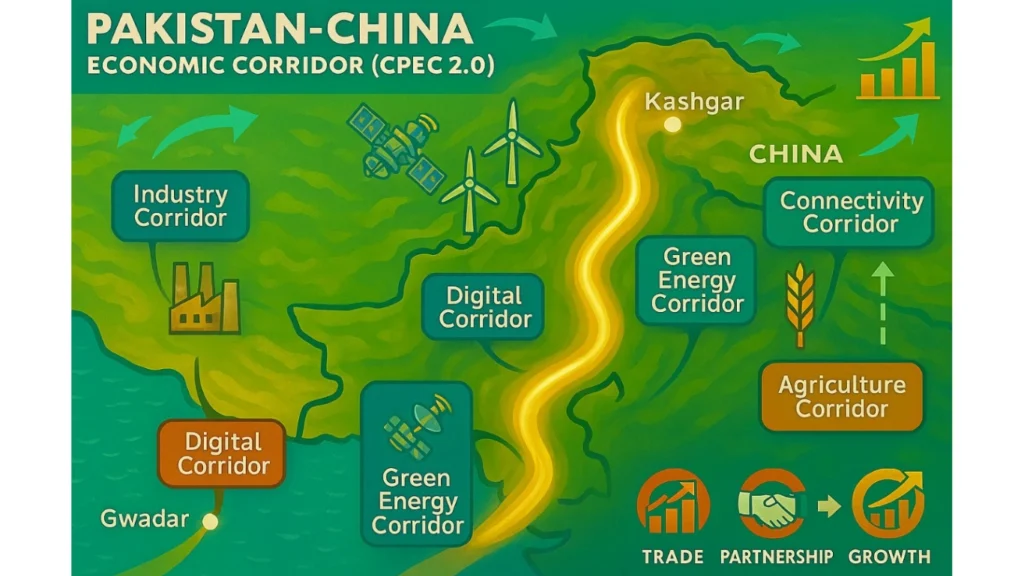
The Bigger Picture
At the end of the day, CPEC is more than economics. It is about cementing a partnership that both sides describe as “all-weather”. On one hand, Pakistan sees China as a steady friend in a world where alliances often shift with the wind. On the other, China values Pakistan as a key partner in its Belt and Road strategy, especially given Pakistan’s location connecting South Asia, the Middle East, and Central Asia.
But by saying so, the road ahead will not become smooth. Pakistan’s financial troubles, governance issues, and security concerns are real hurdles. And globally, China itself is adjusting to slower growth and pushback against BRI in some regions. So, CPEC 2.0 will have to navigate all that.
CPEC’s first chapter was about getting Pakistan back on its feet. That included lights on, roads laid, and projects moving. The second chapter, if done right, could be about transforming Pakistan’s economy for the long haul.
This will consist of modern rail, digital infrastructure, renewable energy, and more direct business partnerships.
However, it is ambitious, and it will not be easy. Thus, for Pakistan this could be the difference between muddling through another decade, or actually charting a new economic path.
The views and opinions expressed in this article are exclusively those of the author and do not reflect the official stance, policies, or perspectives of the Platform.










